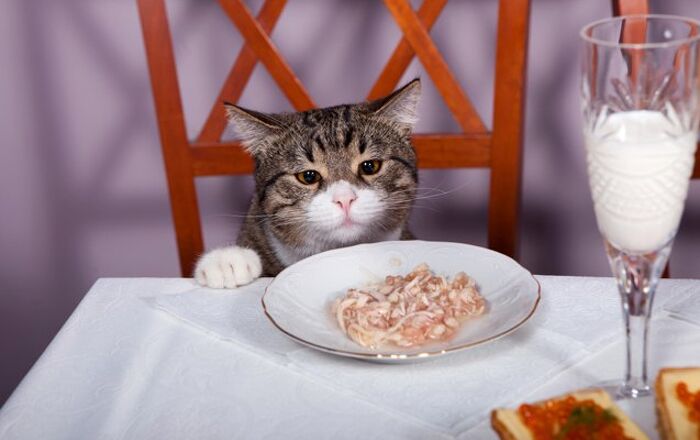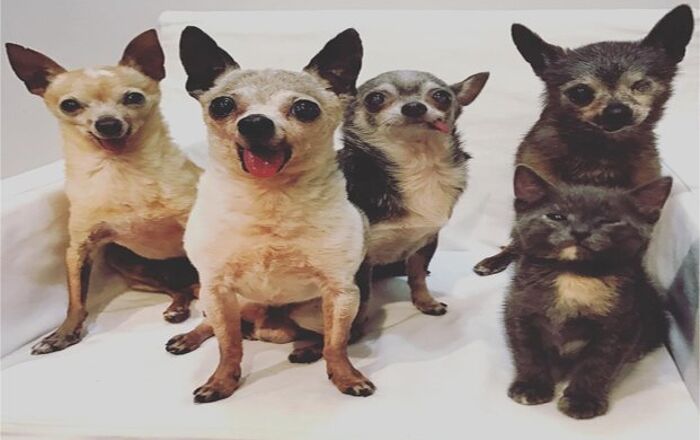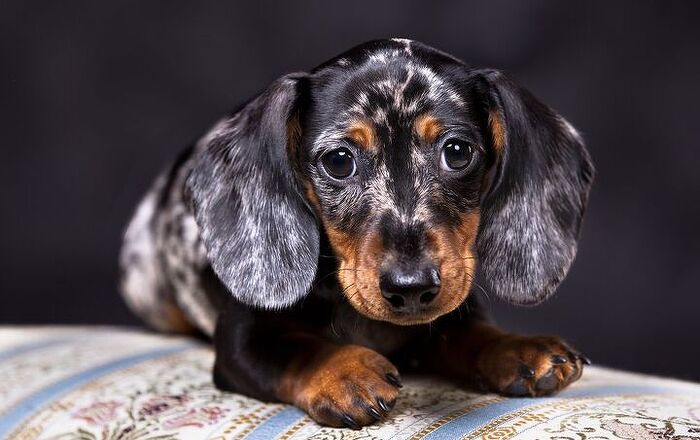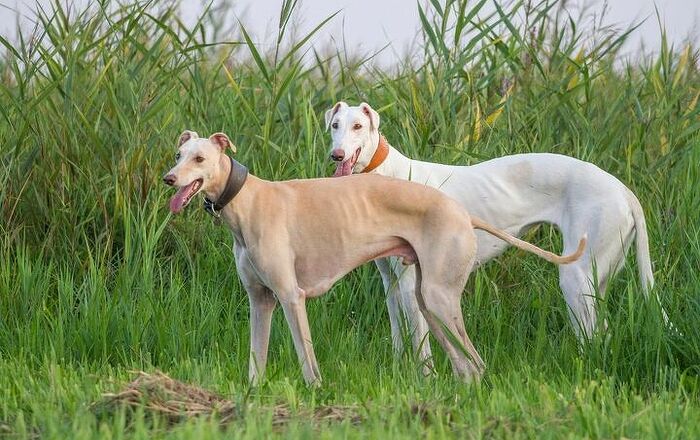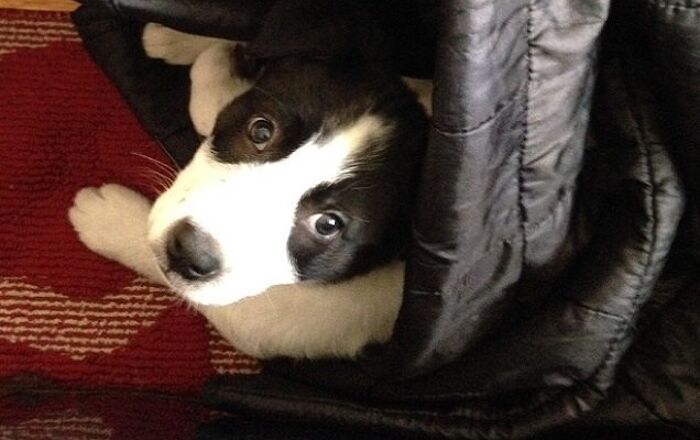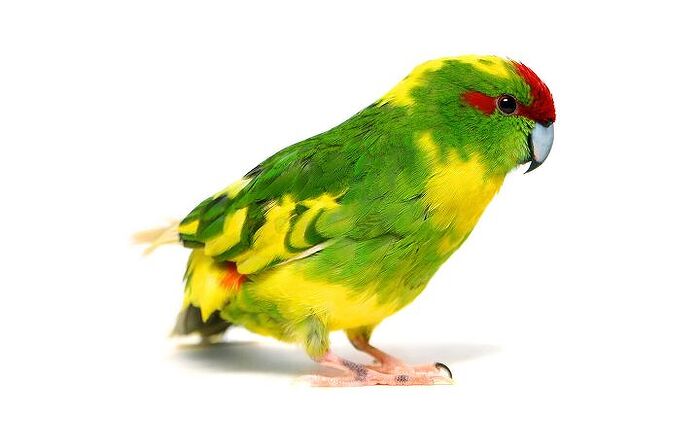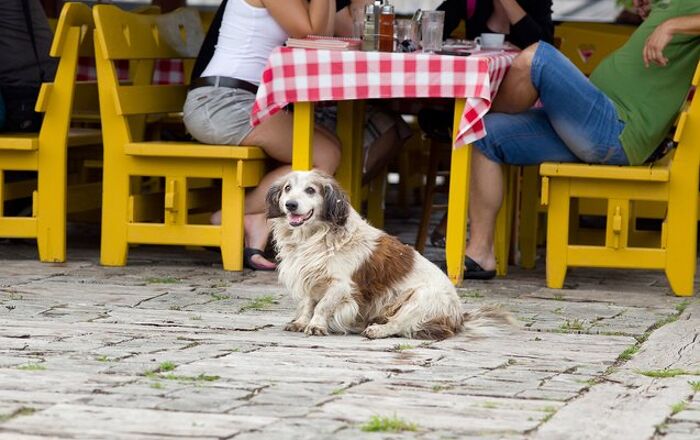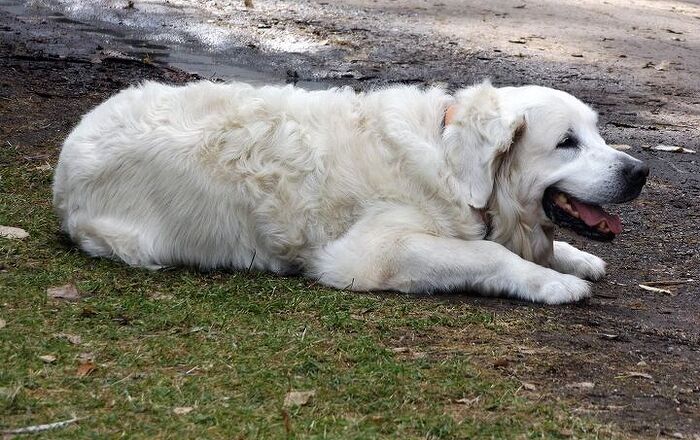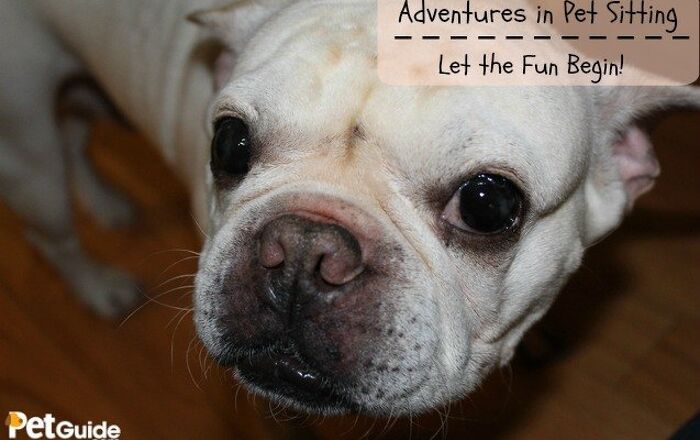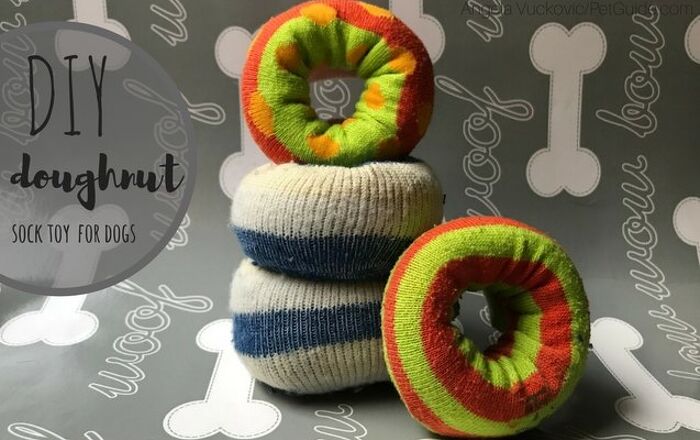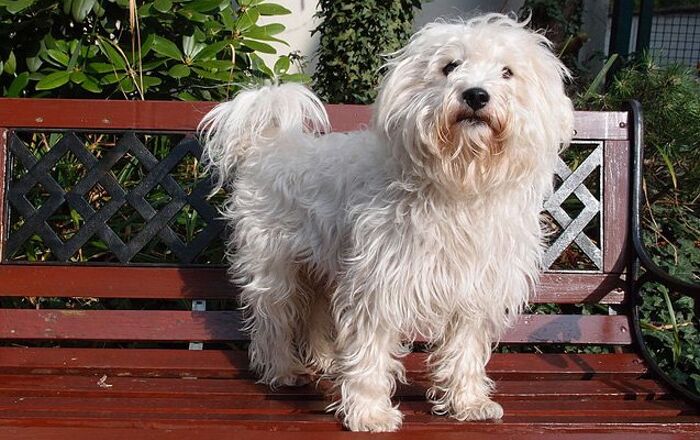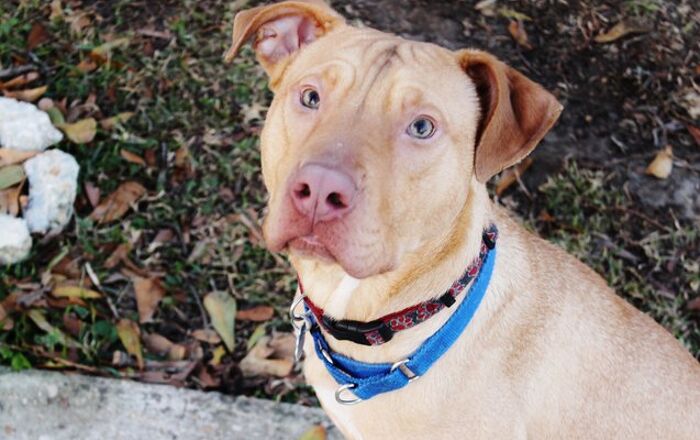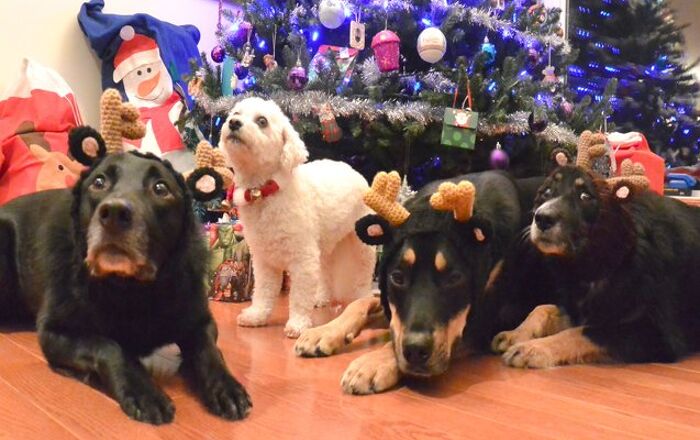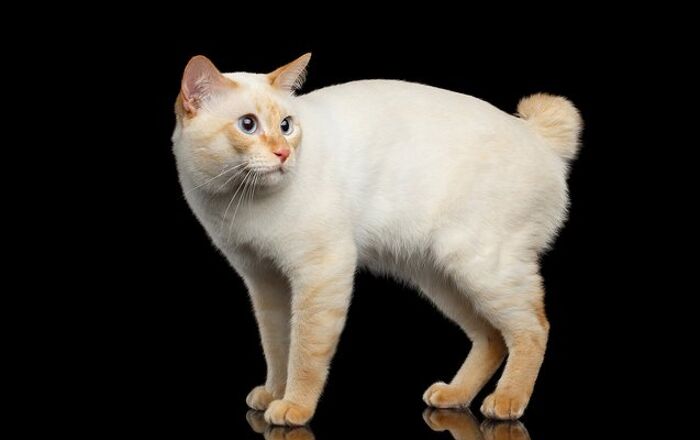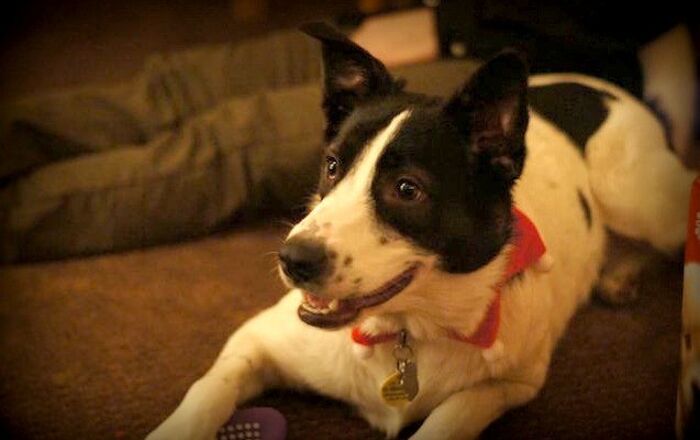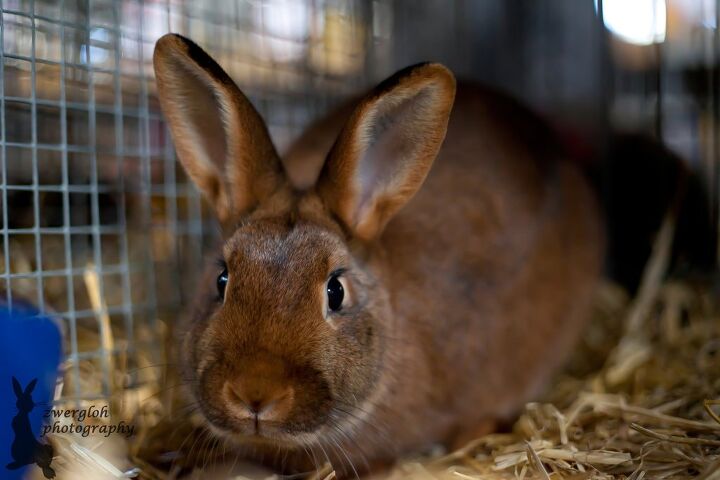
Deilenaar Rabbit Breed History/Origin
The Deilenaar Rabbit was first developed in a Dutch town called Deli in the 1930s. The breeder, Mr. Ridderhof, never revealed which rabbits he used to create this new and unique breed, but experts believe that the breeds involved were probably the New Zealand Red Rabbit, the Belgian Hare, and the Chinchilla Rabbit. They also believe that the Belgian Hare is the breed responsible for giving the Deilenaar Rabbit its lovely color. Other experts believe that the Tan Rabbit and the Flemish Giant Rabbit were also involved in the creation of the Deilanaar Rabbit.
In 1940, the Deilanaar Rabbit was accepted by Dutch standards in the Netherlands. The breed slowly made its way throughout Europe because of the war, so it took until the latter part of the 1980s for the breed to be recognized by the British Rabbit Council (BRC).
Today, the breed is not yet recognized by the American Rabbit Breeders Association (ARBC), and it is rare outside of Europe.
The Deilenaar Rabbit is rare outside of Europe.
Overall Description
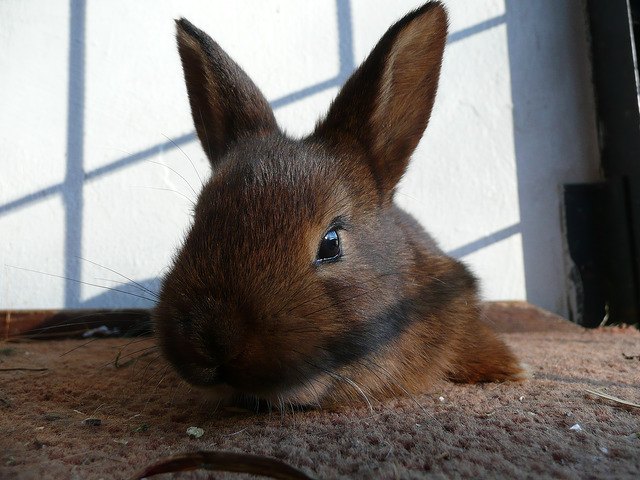
The Deilenaar Rabbit is medium in size and has a good posture. It is described as robust and thickset. Its body is also muscular, meaty, and compact.
The head will be carried low, and the neck will be barely visible but it will be more developed in males than in females. The ears will be held erect and will be strong, and the ideal length for the ears will be around 11 cm.
When observing this rabbit breed, you will also note the powerful and broad hindquarters and front legs. The breed standard states that the body should be muscular and hard, without any areas that are loose or flabby. The nails should be neat and short too.
Coat
The medium-length coat on a Deilenaar Rabbit will be silky and dense, but it will be shorter on the head, ears, and legs. Also, the coat should not have any matting, and it should be lustrous and clean.
Colors
One of the most unique features of the Deilenaar Rabbit is its coloring, which is a red agouti hue that features black ticking and mackereling. Its intermediate color would be a rusty brown, but the base color would be a slate blue that is evenly divided.
The color of the fur will be rich and deep, and it will extend over the entire body except the underside of the rabbit and the inside of the back legs. The chest will feature an even warmer red-brown color, and the belly will be a creamy color that features red streaks in the groin area.
The insides of the ears, along with the muzzle and jawline, will be a tan color, but the ears will be edged with a black color. The forelegs will feature the red agouti and ticking, but they will not have the mackereling because the fur will be much shorter there.
This rabbit’s nails should be dark, the whiskers should be colored, and the eyes should be bright and dark as well.
The Deilenaar can be trained to use a litter tray.
Care Requirements
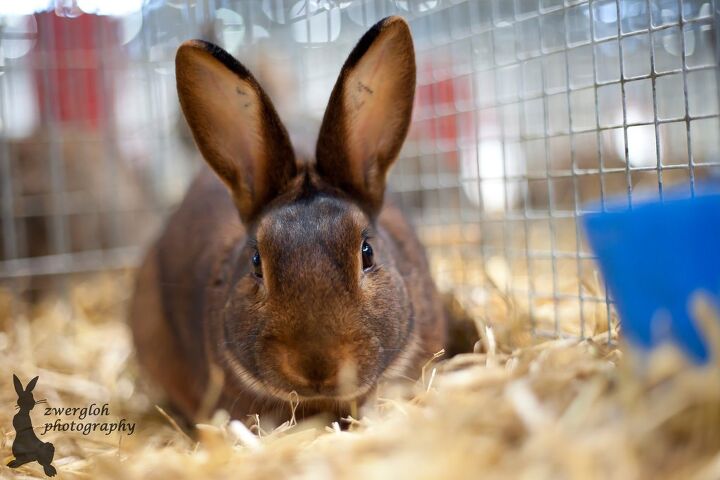
You can house your Deilenaar Rabbit indoors or outside. If you are going to allow your pet to live outside, you need to provide him with a waterproof and weatherproof hutch that is out of direct sun and direct wind. Your rabbit should be protected from elements and predators both, which is best achieved if their hutch is in a spacious shed. On the other hand, it’s not recommended keeping a bunny outside if you want them to be family pets, as they won’t be as socialized.
When keeping your rabbit indoors, you can set up an indoor rabbit cage or dog crate in a quiet and secure area of your house. This will ensure your pet has a place to retreat to and rest comfortably in. For a rabbit of Deilenaar’s size, the cage should have a minimum of 3 square feet of floor space. Your bunny should be able to comfortably stretch out, hop and sit inside the cage without being cramped. While the cage itself should be made from sturdy, rabbit-safe wire, the bottom should be solid. Wire bottom cages lead to sore hocks and can lower the quality of your pet’s life.
As for the diet, Deilenaar Rabbit is no different than most other breeds. They need a lot of hay (roughly 70 percent of their diet should be timothy or other grass hays), high-quality pellets for rabbits and fresh veggies. From time to time, you can treat your bunny to a juicy fruit, but it shouldn’t be too often- obesity is bad for your rabbit’s health. You should also provide your pet with fresh, clean water at all times.
Health
Overall, the Deilenaar Rabbit is a healthy and strong breed, especially since it is a hybrid breed. Nevertheless, there are some common issues that affect all rabbits, despite how hardy they naturally are. For instance, unlike most mammals, rabbit’s teeth continue to grow throughout his life. As a result, their teeth can become overgrown which is not only very painful for the bunny but can lead to a serious infection, too. Symptoms of overgrown teeth are drooling, matted fur on the face or chest, weight loss, and loss of appetite. Luckily, it’s easy to prevent this. Regularly inspect their teeth and make sure their diet is designed to promote good oral and overall health. Your rabbit’s diet should be largely based on roughage (hay) which helps them grind their teeth down in addition to providing essential nutrients. To boot, you should offer bunny-safe chew toys such as willow and grass balls, willow branches, or woven grass mats- to name a few.
In addition to overgrown teeth, the two most common problems that affect rabbits are snuffles and hairballs (GI stasis). The first, as the name suggests, is a bacterial infection of the respiratory system that manifests as sneezing, sniffling, and discharge from eyes. The culprit is the Pasteurella multocida bacterium and if the issue is caught on time, it can be treated with antibiotics. The production of hairballs is somewhat similar to that in cats, but with one main difference- rabbits can’t vomit. In their case, all the hair they swallow while grooming themselves can form into a hairball that lodges in the intestines, leading to a potentially fatal condition called GI stasis.
Unless your rabbit is going to breed throughout his or her life, it’s best for their health that you get them fixed on time. Sterilization prevents behavioral issues (e.g. urine marking), makes rabbits friendlier, and most importantly- minimizes the risk of uterine cancer for does. Veterinarians recommend that spaying is done at approximately 6 months of age when the doe becomes sexually mature, and neutering should be done at 8 to 12 weeks or as soon as the buck’s testicles drop.
One of the most unique features of the Deilenaar is its red agouti color.
Temperament/Behavior
Deilenaar Rabbits have an even temperament, making them wonderful pets. You will notice aspects of this rabbit’s foundation breeds in its personality, so these animals will be affectionate, lively, and friendly.
Considered reasonably intelligent, the Deilenaar can be trained to use a litter tray. You can also provide your pet with some cat toys, including those with bells and rattles, to keep him occupied.
Be aware that, because these rabbits are lively, you need to give them room to roam freely, but you should rabbit-proof your house in order to ensure their safety. Also, because they are lively, they could be skittish, so handle your rabbit with care. In fact, this breed might not be the best choice for those who are inexperienced in keeping and handling rabbits.
Photo credit: Chipmunk Wallpaper/Flickr; zwergloh/Deviantart

